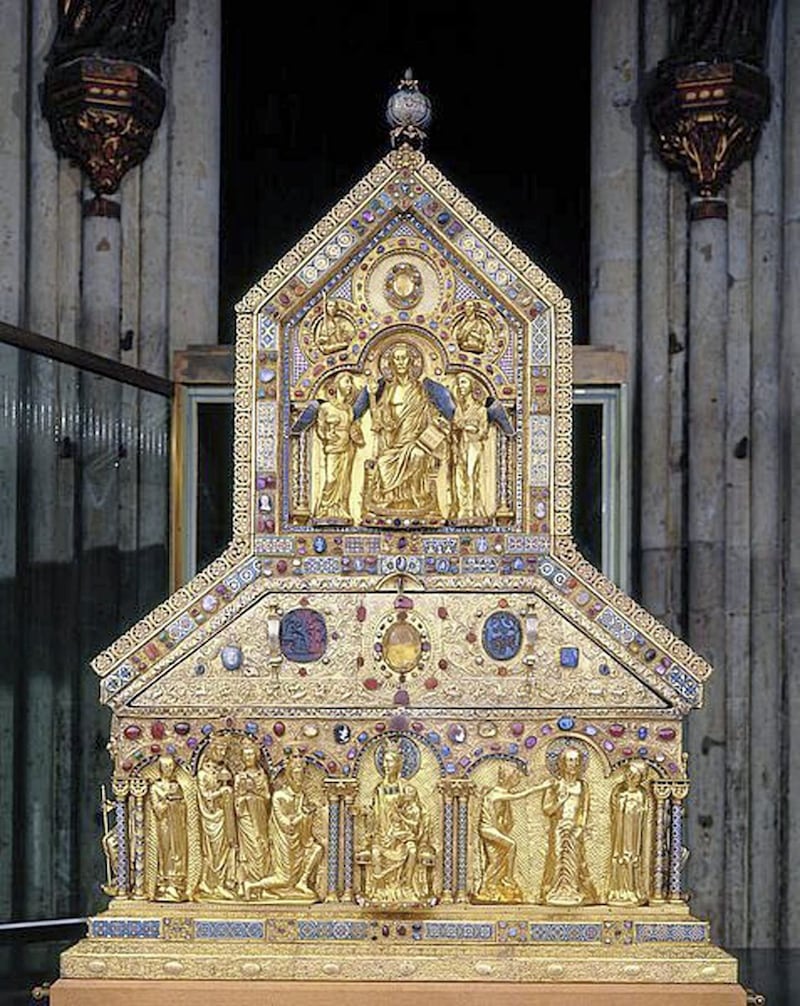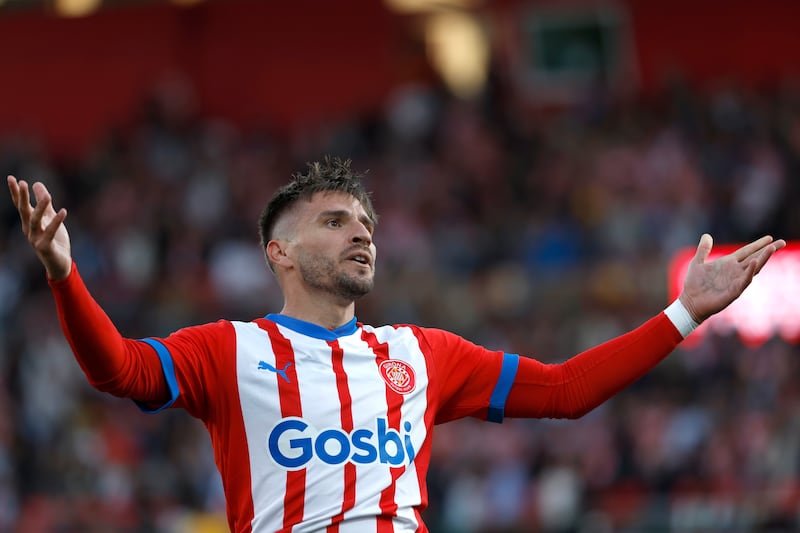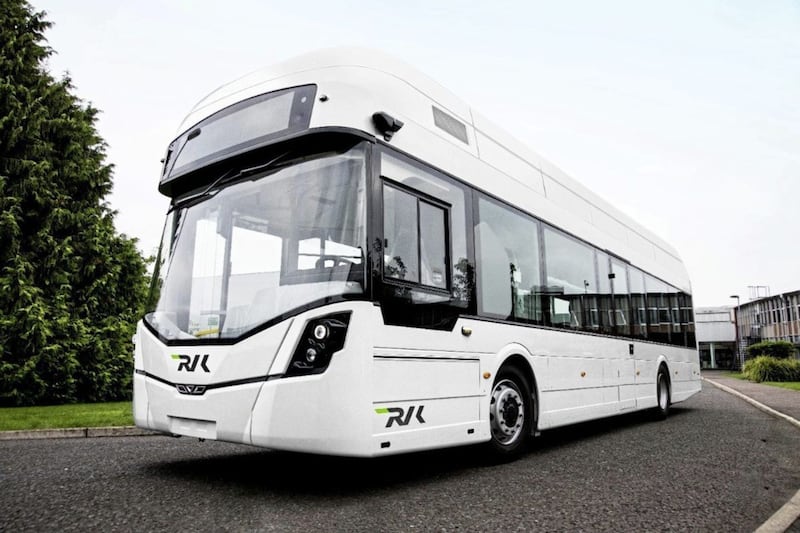COLOGNE Cathedral, or the Cathedral Church of St Peter as it is officially known, is the most visited site in Germany.
The city traces its origin back to the Roman empire period. It was founded by Agrippina wife of the emperor Claudius and mother of the notorious Nero.
In 1164 the emperor, Frederick Barbarossa, presented the archbishop of Cologne, Rainald von Dassel, with the relics of the 'Three Wise Men from the East'.
They were brought from Milan to Cologne and became the centre of a pilgrimage with thousands from all over Europe arriving to venerate the relics.
The pilgrimage became an important part of the spiritual and economic life of the city and the crowns of the 'Three Wise Men' are part of the city's coat of arms today.
A golden shrine was created for the much-revered relics. Then in 1248, to provide an appropriate setting for it, the foundation stone of a Gothic cathedral was laid, the basic shape being copied from the then-new cathedrals in France.
The construction continued for about 300 years. The Reformation and its attendant religious wars intervened and work on the building stalled and eventually ended in the early 16th century.
The cathedral remained unfinished for centuries. It was desecrated by French revolutionary soldiers who used it as a forage store when they captured the city in the early 19th century.
In 1842, following the unification of the German states, the Prussian King Frederick William IV, keen to emphasise the strength and unity of the new German nation, ordered that the work on the cathedral be resumed.
Then in 1880, after 632 years, the construction of the cathedral was completed.
The most challenging time for those responsible for the security of the cathedral were the final years of the Second World War.
Cologne was one of the Allies' prime targets, with the raids carried out by RAF Bomber Command. Ironically, the twin towers of the cathedral helped to direct bombing crews to their various targets in the city.
By the end of the war, practically every house and edifice in Cologne was flattened - except the twin towers and walls of the cathedral.
Seemingly when bombs exploded within the cathedral the blast escaped outwards through the exceptionally large Gothic windows.
However, 14 direct hits and numerous indirect hits inflicted massive damage to the rest of the cathedral. Thus restoration took many years to complete.
Restoration was financed jointly by the federal state and residents, as is the continuing maintenance of the building.
As the tourist guides announce to visitors, the cathedral is "an active church", providing daily and Sunday Masses and other religious services.
One of these services is proper to the cathedral. On January 6, the feast day of the Magi, the relics - which include three skulls with their golden crowns - are exposed for the veneration of the faithful.








